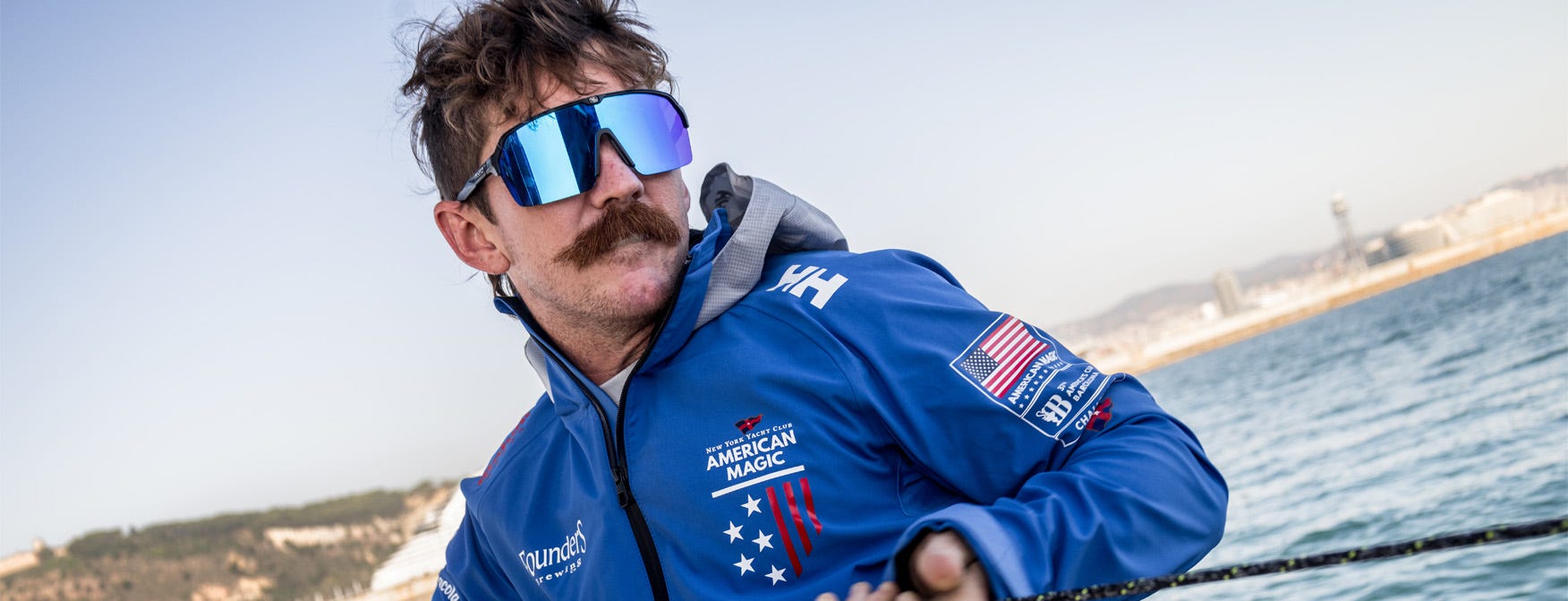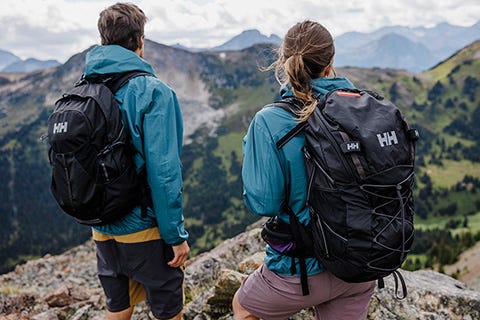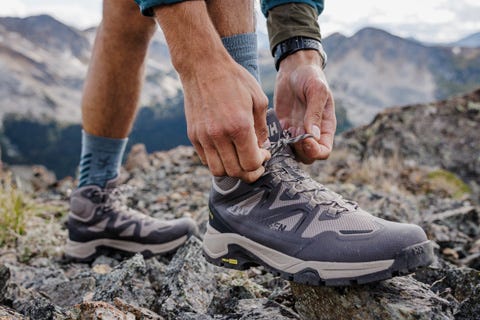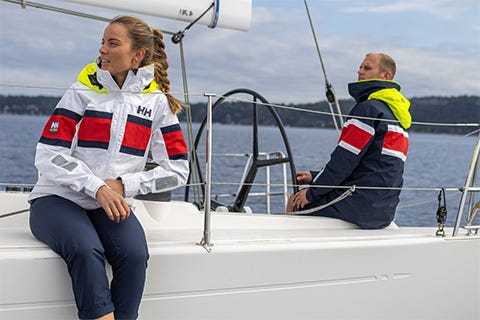Local Storage seems to be disabled in your browser.
For the best experience on our site, be sure to turn on Local Storage in your browser.
Choose your country

What to Wear Inshore Sailing
May 03, 2023
Update: April 30, 2024
2 min read
Inshore sailing takes place in open water, but you're still close to shorelines and in sheltered waters. You want to stay protected from spray, yet still be able to move freely around the boat. Here are our top tips on what to wear.
EXPLORE OUR INSHORE COLLECTION
BASE LAYER – NEXT TO SKIN
Set your course right with a base layer made to keep your skin dry by moving moisture away from your skin as you sweat. Sailing journalist, Mauro Melandri knows a thing or two about what to look for. With decades of experience in the field, he prefers a base layer with as little stitching as possible that gives some stretch, so it feels more steady against the skin.
Whether you're a seasoned sailor or just starting out, sun protection is a must. After all, your base layer may end up being the only layer you wear (other than your life jacket). That's why we created Solen — our collection of sun-protective activewear. With UPF 50+ sun protection, every product is lightweight and quick-drying to keep you cool and comfortable.
Inshore sailors favor our Men's Crew Polo or Women's Crewline Quick-Dry Polo because their quick-dry fabric and clean design not only make them functional on the boat, but also for casual wear.
Shorts are a popular choice for inshore sailing. Consider a pair that's quick-drying and made from durable fabrics. A reinforced seat is a big plus, making them tougher than your typical board shorts, helping you to avoid snags and tears on deck.
The most important thing to keep in mind when dressing for inshore sailing is to stay warm and try to keep your skin dry.
MIDLAYER – EXTRA WARMTH
A midlayer provides extra warmth when the wind picks up or the temperature drops. Mauro recommends a midlayer that gives freedom of movement. When considering which one to choose, we recommend to feel the weight and consider the functionality. A lightweight midlayer that can function as a stand-alone jacket is ideal. The waterproof, all-purpose HP Racing Midlayer Jacket is a popular choice among inshore sailors.
OUTER LAYER – PROTECTION
The outer layer is made to protect you from wind and rain. Most of our classic sailing styles are ideal for inshore sailing. Look for wind and water protection with high collars and lightweight designs.
More serious sailors, such as those foil sailing, need even more protection and mobility on deck. The aerodynamic Women's HP Racing Sailing Jacket 2.0 provides protection from ocean spray. It's also lightweight, meaning you won't feel weighed down when you're working the hardest.
The entire Hydropower series offers lightweight protection that’s ideal for serious inshore sailing. Designed to be durable, waterproof, and lightweight, it fits the needs of more advanced inshore sailors.
SHOES
Protect your feet. And look for non-marking shoes with good grip.
Like dinghy sailing, inshore sailing shoes should have a good grip and also be quick drying. You may want to look for a more structured design, such as the HP Foil V2 Sailing Shoes.
Wear shoes with a slightly wider sole than your feet to protect them from impact with the deck equipment.
ACCESSORIES
A quick-dry cap is good for protection against the sun and the Crew Cap is a great choice (remember that some inshore regattas require helmets, in which case you must follow those guidelines).
For bags, we recommend the HH Racing Bag with a ventilated wet compartment, a separate dry compartment, and grab handles on both sides for easy handling on deck and dock.
And finally, remember to always wear a life jacket. You can read more about how to choose a life jacket here.
EXPLORE OUR INSHORE COLLECTION

June 03, 2024 3 min read
How to choose the right backpack for your adventure
Ever wondered how much you can fit in your backpack? Whether you're planning a day hike or a multi-day expedition, choosing the right size is crucial. Learn about the different pack capacities, types and key features to look for.

May 15, 2024 3 min read
How to Choose Hiking Footwear
The best hiking shoes or boots should be comfortable to wear. Follow our expert tips to learn how to choose the right hiking footwear for you.

April 30, 2024 3 min read
What to wear Coastal Sailing
To dress for coastal sailing, you want to be protected against the wind and spray from the waves, and also the sun. In this guide, we share some top tips for layering from professional sailors, Kayleen VanderRee and Pip Hare.

April 15, 2024 2 min read
How to properly fit a backpack
Learn how to fit your backpack perfectly with expert tips from Helly Hansen's Darren Lum. Discover essential adjustments for comfort and safety.
